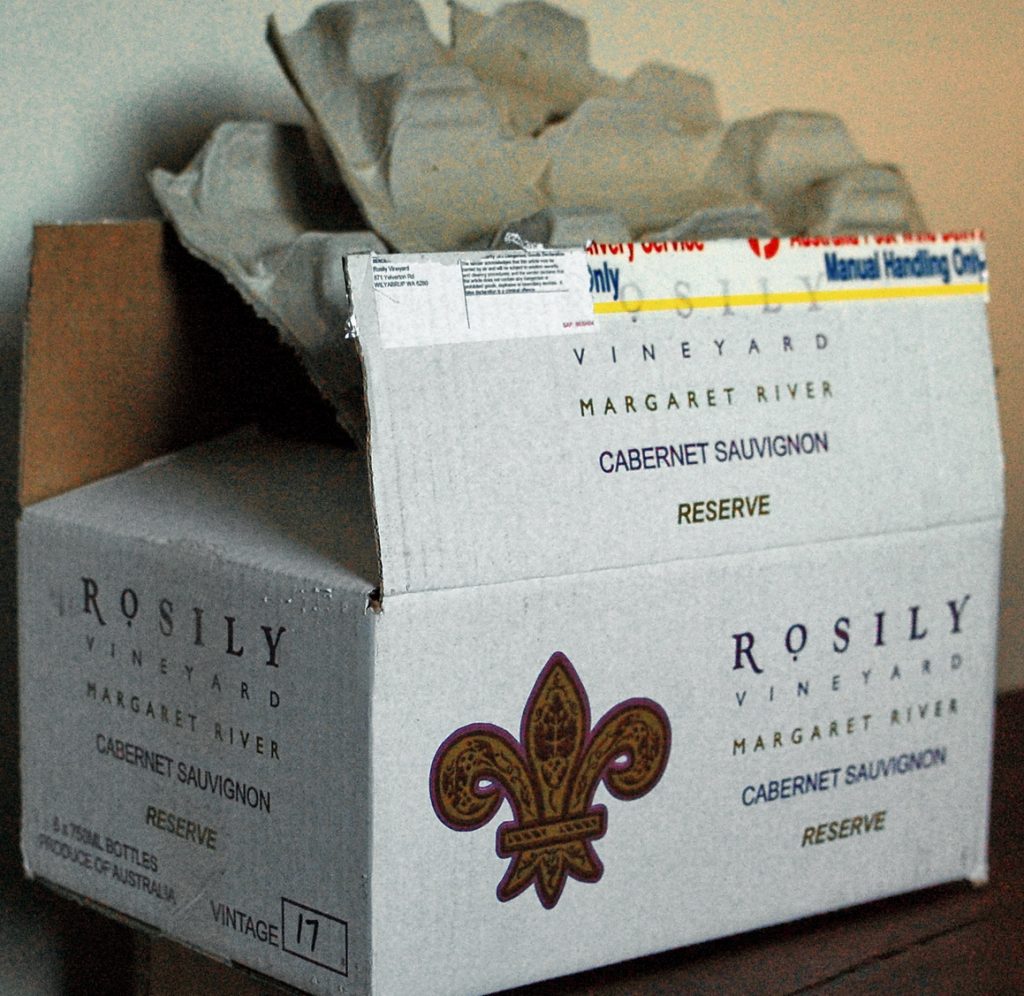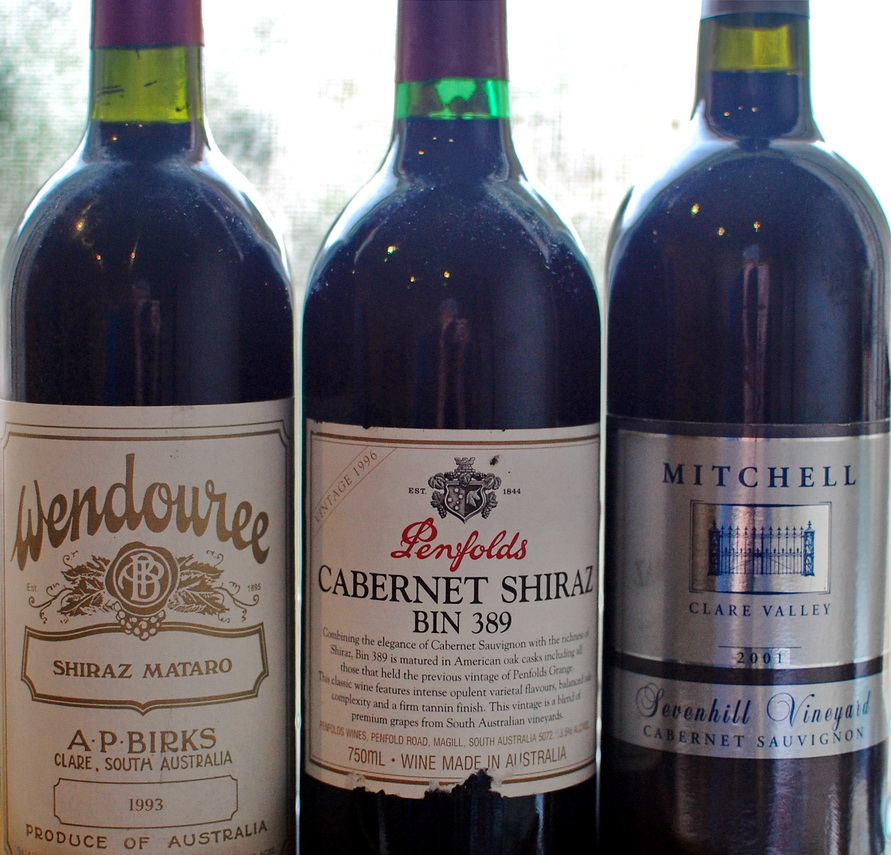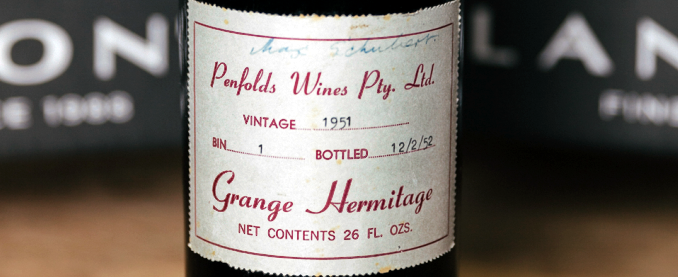Magic Numbers
‘If you’re going to cellar, you need to find a way to keep your wine below 17 degrees Celsius, but ideally between 12 and 15 degrees. If you go above this range, factor in that your wines will develop at a faster rate and are unlikely to cellar long-term.’
That’s the advice from Campbell Mattinson in James Halliday’s Wine Companion. The advice from other experts is a little more user-friendly but they all seem to agree that a constant temperature of around 15 degrees is ideal. I’ve never been able to create such perfect conditions, not even in a cellar I dug out under a south-facing house on Sydney’s northern beaches.
Temperatures there ranged from about 13 degrees in winter to 22 in summer, and the wines I stored there over many years remained in top condition except for their labels (due to the high humidity). In the next house I made do with above ground storage and installed an air-conditioner, which I only used in summer. Then came another house, this time with room underneath, but above ground. The wines did not suffer.
So far so good, but I was worried when I moved to a second-floor apartment with no air-conditioning in 2008. At least the place was in Mosman (Sydney), not in Bourke, and not far from the harbour. I kept most of my wine in sturdy 6-pack boxes with those scalloped soft cardboard dividers. You may need to foster a good relationship with your wine merchant to get enough of these. There are a couple of other options as shown in the ‘Rough Guide’ below.
The building was double-brick, which helped a lot, and I wouldn’t try this in a weatherboard cottage. I kept the boxes in cupboards and under a couple of spare beds in the room that got the least sunlight. I hung up a temperature gauge, and checked it often. When we had consecutive days in the mid to high thirties, the gauge went as high as 26 degrees. That gave me bad dreams.
I checked out other options such as wine cabinets and rented storage space, and rejected both for the reasons outlined below. By now I had come to the conclusion that it is sudden changes in temperature that do the most damage to table wine, not absolute temperatures, so I decided to take the risk.
Crunch Time
After 10 years of the hottest summers on record, it’s clear that my strategy worked. Over those years I opened some of the treasures I’d kept for special occasions: Penfolds St Henri and Bin 389 from the eighties, Wendouree reds from the early 90s, Wynns black label Cabernets, Mountadam Chadonnays and Leo Buring Rieslings from the early noughties, and more.
They weren’t going off, that much was clear. They didn’t seem to be losing form either. The corks were not leaking, the ullages remained pretty much where they were to start with, and all the wines were in excellent shape except for a few corked bottles. The other advice from the experts is to avoid moving wines, and not to disturb them until you’re ready to open them.
Three years ago, we moved to Thirroul for family reasons and rented a brick veneer house. The wine ended up under the stairs and in the spare bathroom which was less than ideal. After 12 months we moved to a ground floor townhouse, where the only storage has been cupboards, albeit cupboards with thick wooden doors in a double-brick house that’s freezing in winter and cool in summer. A couple of years on, there’s still no sign of my wine collection losing form.
Photo taken July 2020 – ullages couldn’t really be much better, could they?
The Rough Guide
A few years ago, I wrote The Rough Guide to Cellaring Wine in a Hot Climate, where I shared my experience as a wine-loving apartment dweller. For that post, I’d crunched some numbers on various storage options. For a lock-up you manage yourself, the cost is $225 per month for a 75 – 90 case cubicle at The Wine Ark in Chatswood or Alexandria (Sydney). That’s $2700 a year, which would buy you more than 13 dozen $20 wines. And your wine most likely ends up a long way away.
Managed facilities, where the warehouse people look after your wine, catalogue it and accept deliveries from your wine merchant are much dearer again but the tyranny of distance remains.
Wine Cabinets are yet another option, and in some ways the least attractive because they combine high cost of storage with the high cost of electricity to maintain a constant temperature. Even opting for the largest cabinets to keep the price per bottle low will set you back about $12 – $15,000 for 600 bottles (in 4 tall cabinets, so space becomes a big issue as well). Here’s a 166 bottle Vintec cabinet for $3,000.
$12,000 will buy you another 600 bottles of $20 wines, so you can see that these cabinets aren’t a practical solution for those of us who are short of money and space. The smarter option would be to just buy one of these cabinets for your most precious bottles.
The Fine Art of Timing
I’ve been part of a group of serious wine buffs for decades, and we meet about once every 3 months and all bring a special bottle. Two actually because many of the bottles are 30 or 40 years old which means that most are past their best, and there are always a few corked wines among them.
A few years ago, I sent some of my Wendourie reds to auction because I had collected too many of them, and they had reached their peak. They fetched $100 a bottle on average, which was disappointing since you pay more for the current vintage. At least I avoided the trap of keeping wines too long, a trap many of my fellow wine lovers have fallen into.
Even a perfect air-conditioned cellar will not prevent wines succumbing to the ravages of old age, and to me there’s no worse experience than drinking a wine and thinking ‘what a shame we didn’t open this 10 years ago.’
My basic rules are simple:
- Keep for up to 40 years: Mighty reds in the Grange class
- Keep for up to 30 years: reds built to last, that is with enough substance, acid and tannin to see them though. Wendourie, Wynns Black Label Cabernets, Penfolds bin range, the better Henschkes, top-notch Bordeaux
- Keep for up to 20 years: Just about any quality red made down under, with a history of aging well. Quality Rieslings from Clare and Eden Valleys, and good Semillons form the Hunter and South Australia. Burgundies and reds from the Rhone Valley
- Keep for up to 10 years: Just about any decent Aussie red will mellow for five years and last for 10. So do good chardonnays, and most Rieslings and Semillons.
Different varieties tend to reach their top form at very different times, and here are the styles that are best enjoyed young:
- Most Rosés, white wines and sparkling wines except for quality Rieslings, Semillons and Chardonnays
- Most Aussie reds made from Pinot Noir and Grenache
- Most wines made from Mediterranean varieties, since most of these plantings are young and the wines made from them tend not to age well.
It’s good to know that good wines aren’t the delicate, fussy creatures the experts make them out to be, but please don’t go overboard – use common sense. If the storage for your wines is dubious, store your cellaring wines somewhere else and just keep your drinking wines in the house.
Additional Reading


